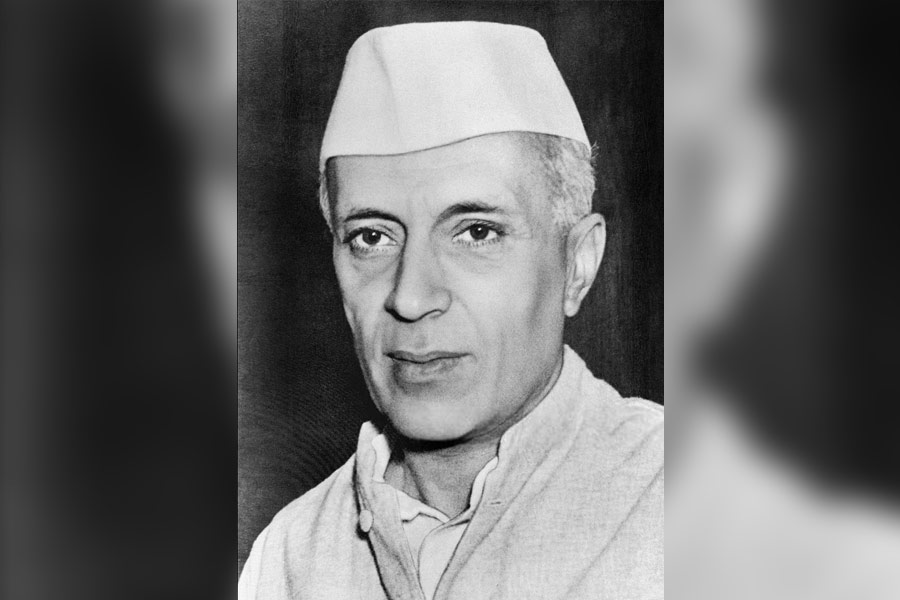
Guwahati: The Brahmaputra Cracker and Polymer Limited (BCPL) has suffered a Rs 820.14-crore loss in its first year of operation, according to its 2016-17 report tabled in the Assembly on Tuesday.
The annual report, tabled by state industry minister Chandra Mohan Patowary, said the average capacity utilisation remained low owing to inadequate supply of feedstock and initial technical hiccups.
"With a little improvement in feedstock supply, the production improved between January and March 2017. At the end of the financial year, the plant was running at an average 70 per cent capacity utilisation (from January to March 2017) with production of quality grade polymers. This resulted in generation of cash profit in the last quarter of FY 2016-17. However, despite improvement in production, on account of losses incurred in previous months, the cash flow situation remained critical with huge outstanding liabilities and loan repayments with a cumulative cash loss of Rs 820.14 crore up to the end of the financial year," the report said.
The BCPL, also known as Assam Gas Cracker project, is an outcome of the Assam Accord signed in 1985 following the Assam Agitation. Prime Minister Narendra Modi inaugurated the BCPL unit at Lepetkata in Dibrugarh district on April 5, 2016.
The report said the company produced nearly 1 lakh metric tonnes of polymers during 2016-17 and sold 86,880MT through GAIL. The products are marketed to downstream industries in a marketing arrangement with GAIL in the Northeast and other parts of the country.
"It is a matter of concern that capacity utilisation has been affected by inadequate availability of feedstock. This has been taken up with the authorities concerned... Efforts are on for effective and reasonable sourcing of feedstock naphtha, propylene and Butene-1 from all possible sources to cater to the shortfall in quantity on continual basis... to run the plant efficiently and to ensure sustainability, various energy-saving measures have been adopted which has resulted in considerable reduction in specific energy consumption per ton of output," the report said.











